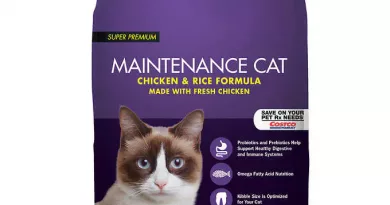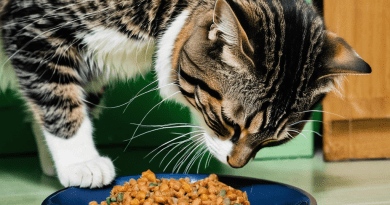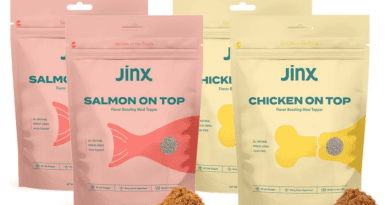Raw Feeding for Dogs: An Introduction to a Healthier Diet
Welcome to another exciting post on Petsfi! If you're a dedicated pet parent striving for the best for your furry friend, the topic of raw feeding has probably caught your interest. Today, we are diving deep into the realm of raw diets for dogs and sharing with you a firsthand experience on transitioning a pet to raw food.
So, why consider a 100% raw diet for your dog? Many pet owners, after delving into pet nutrition and the impact of diet on health, are looking at raw diets as an approach to solve or prevent health problems in their pets. This natural way of feeding is seen as a means to avoid relying solely on pharmaceutical treatments for conditions that could potentially be managed or alleviated through diet.
When starting with raw feeding, small dogs can be excellent candidates as the cost and management of their diet are easier to oversee. This was the case for our guinea pig pooch, a small breed dog with some noticeable skin issues that made her the perfect starting point for our raw feeding journey. Embarking on this diet modification was not only a health-driven decision but also a financial consideration, as the expenses associated with 100% raw feeding can be significant.
For those considering raw feeding, it's important to acknowledge that feeding raw meat and other fresh foods can digest faster than kibbles, due to the processing and cooking involved in creating dry dog food. This difference in digestion rates can affect how you might want to introduce raw food into your dog’s diet.
Some excellent starting points for a raw diet include commercial prepackaged raw foods. These range from parts and organs necessary for a balanced meal to premade grinds that are formulated to provide a nutritional balance without the hassle of DIY meal preparation. However, these conveniences come with a higher price tag compared to the do-it-yourself approach to raw feeding.
If the idea of formulating your dog's diet seems daunting, premade raw options are often recommended at least for the transition phase. They offer the safety of a balanced diet without the need for extensive nutritional knowledge on the part of the pet owner.
One commonly recommended product are freeze-dried raw patties that contain all the necessary ingredients for a balanced meal - meat, organs, bones, and added vitamins. Replicating the benefits of a raw diet in a convenient form, although expensive, it's a great way to introduce dogs to the concept of raw food.
In addition to meal patties, incorporating supplements and treats that align with the principles of raw feeding can further enhance your pet's dietary regimen. For example, raw goat cheese treats enriched with ingredients like organic ginger offer probiotics and anti-inflammatory benefits, perfect for supporting digestion and addressing skin inflammations.
Another great supplement is apple cider vinegar—specifically organic, raw, and unfiltered. This ingredient aids in digestion and contains various health benefits, though it should be added in small amounts to your dog’s meals due to its strong flavor.
Through a trial-and-error approach, the goal is to pinpoint those food items that not only meet your dog’s nutritional requirements but also fit within your lifestyle and budget. Transitioning to a raw diet isn't just about the food: maintaining cleanliness with feeding bowls, regular bathing, and ensuring a sterile environment forms the crux of overall pet wellbeing.
As we transitioned our guinea pig pup to a raw diet, we wanted to keep an eye on how her skin issues would potentially improve with the dietary change. It's essential to remember that any diet change should be done gradually to avoid stomach upset or food rejection.
It's interesting to note that a raw diet isn't just about feeding raw patties. Diversity in the type of meat, organs, and supplements is crucial. There’s an opportunity to expand the variety of foods that contribute to a well-rounded diet, from introducing different proteins to adding beneficial supplements like bone broth or coconut oil.
Of course, it's vital to state we at Petsfi are not veterinarians or certified nutritionists; however we have a deep appreciation for pet health and nutrition. We encourage you to research thoroughly and consult with professionals before making significant changes to your pet’s diet. If raw feeding is an avenue you wish to explore, we suggest proceeding with care and consideration for your pet's unique needs.
As we keep experimenting and learning more about the benefits and challenges of a raw diet, we're committed to taking you along on this journey and sharing our findings. And who knows? In time, we might discover efficiency in raw feeding that makes it a viable option for multiple-dog households.
In conclusion, whether transitioning to raw or simply curious about the diet, remember that variety and consistency in food quality are keys to a healthier regimen for your furry family members. Keep an eye on Petsfi for more interesting posts like this, and if you enjoyed the insights we shared, don’t forget to follow us for more content dedicated to pet wellness.




